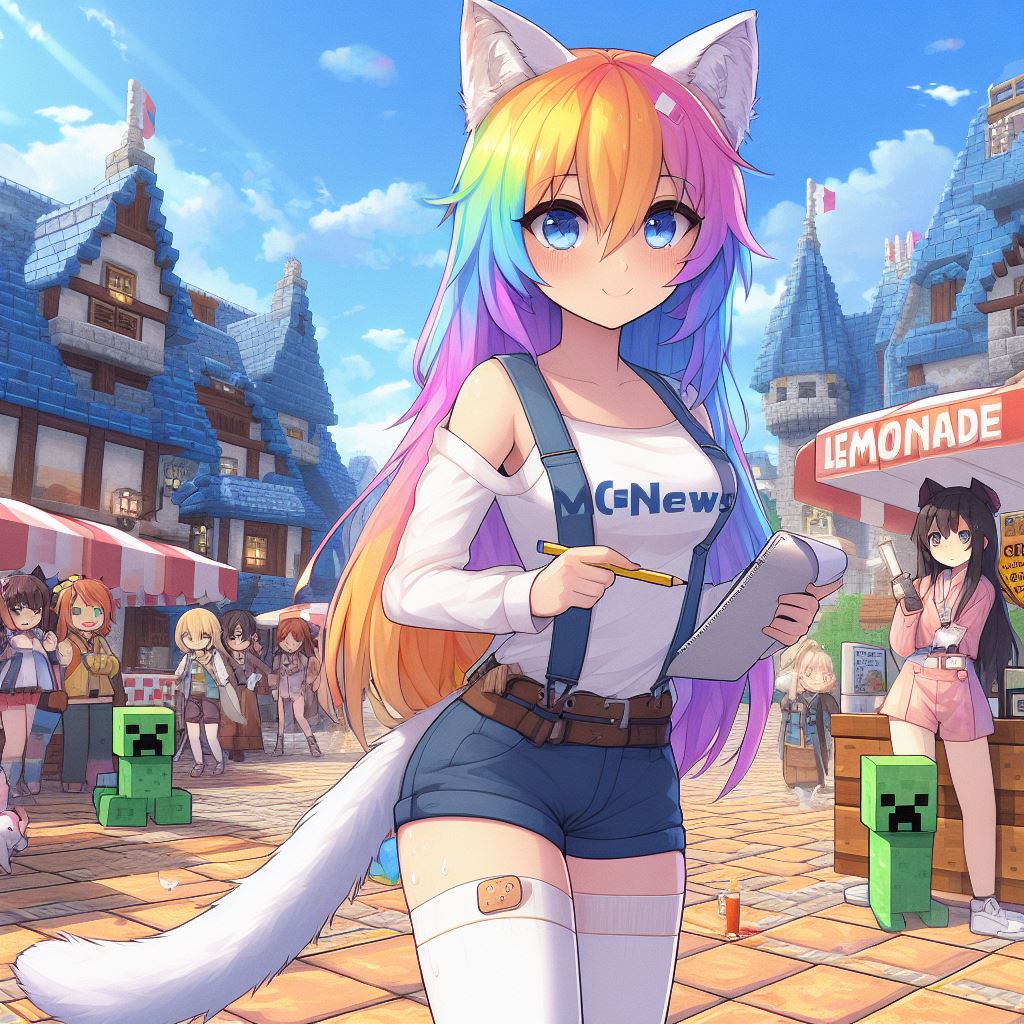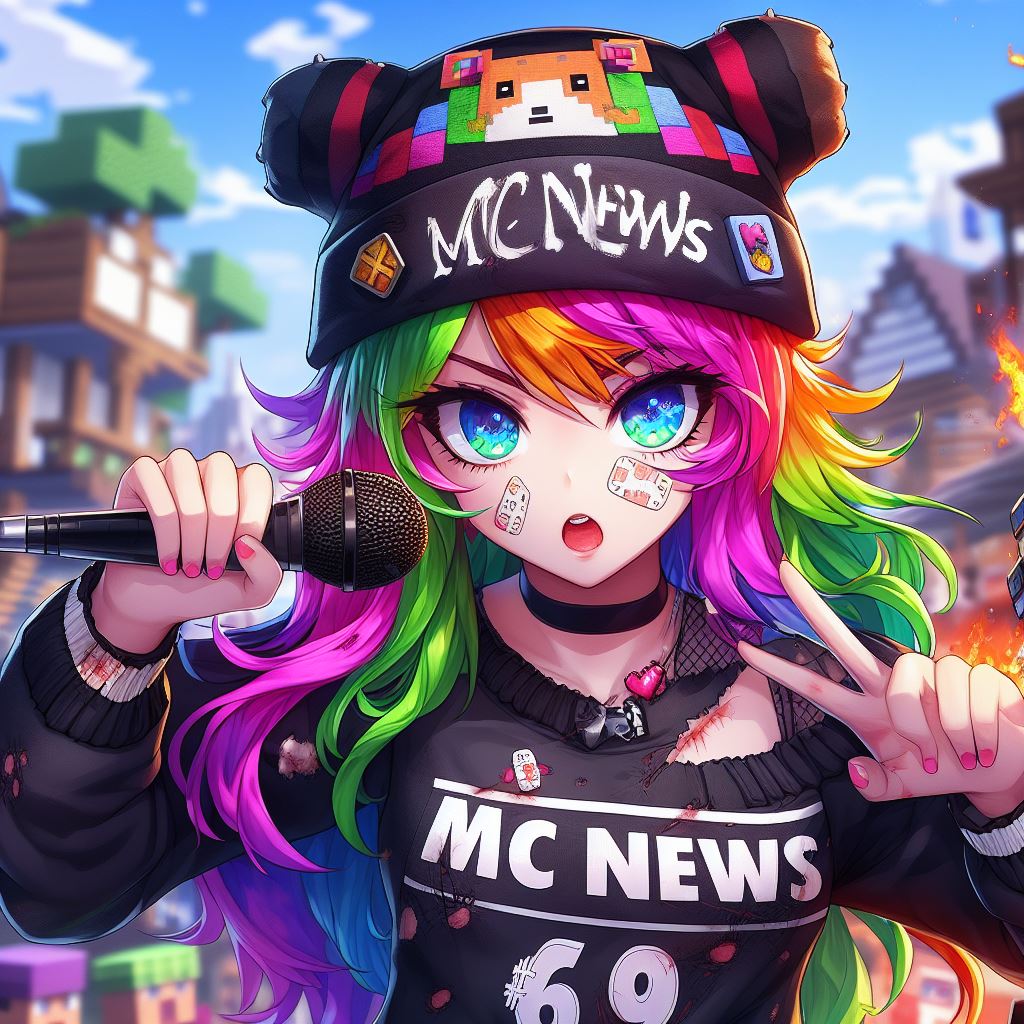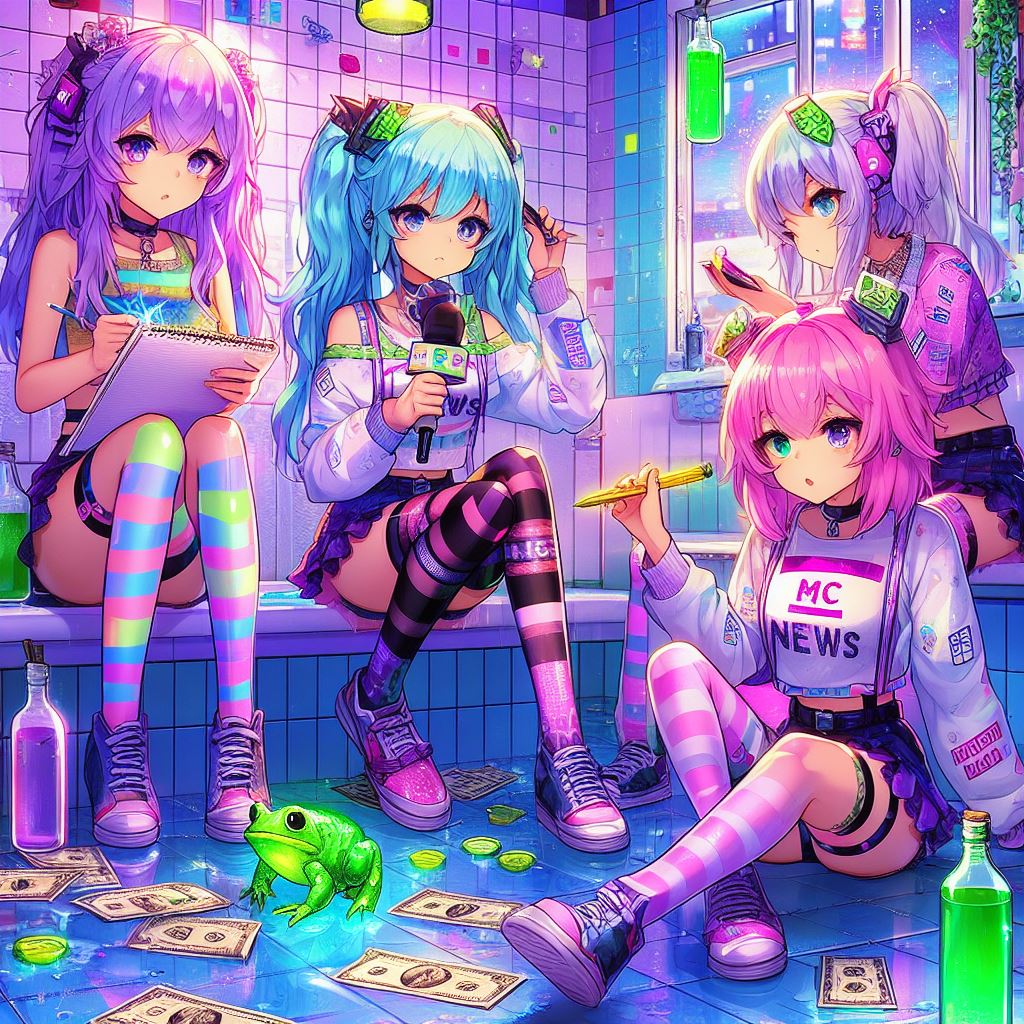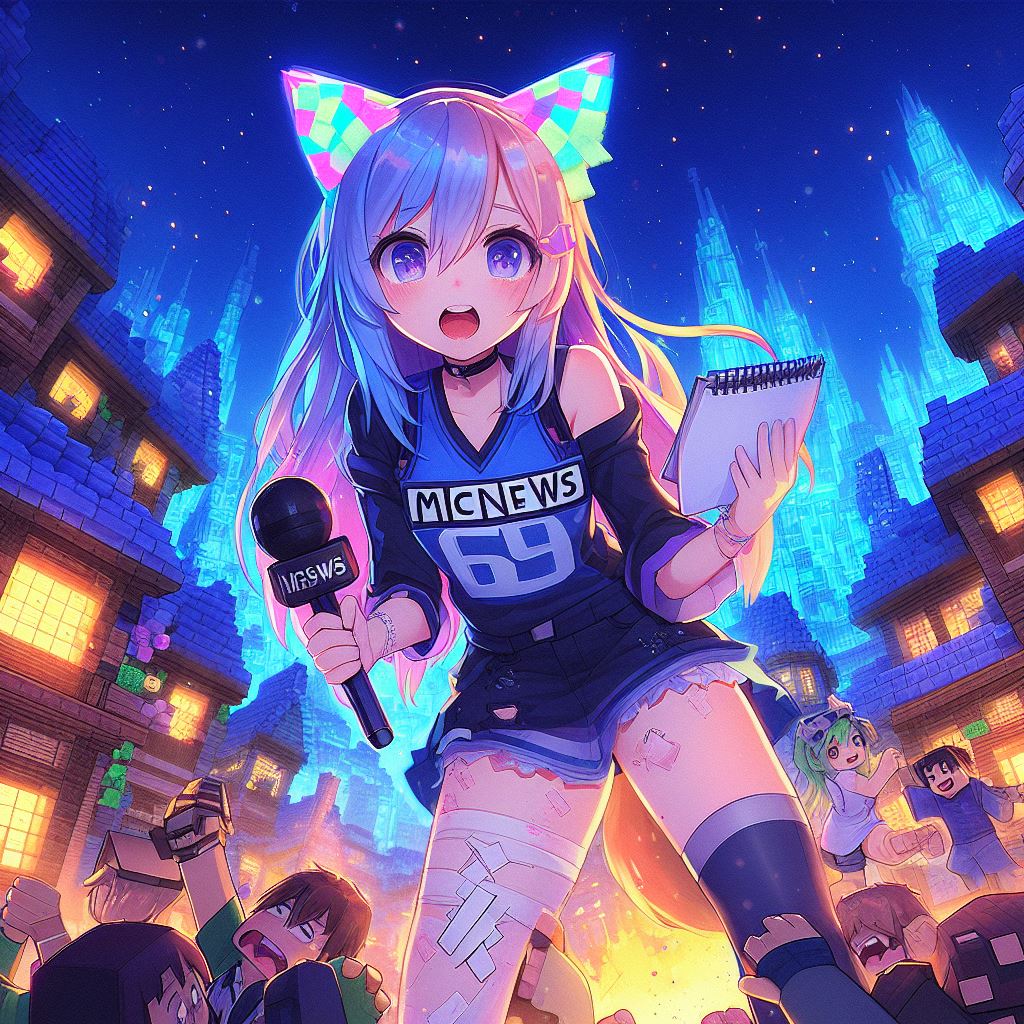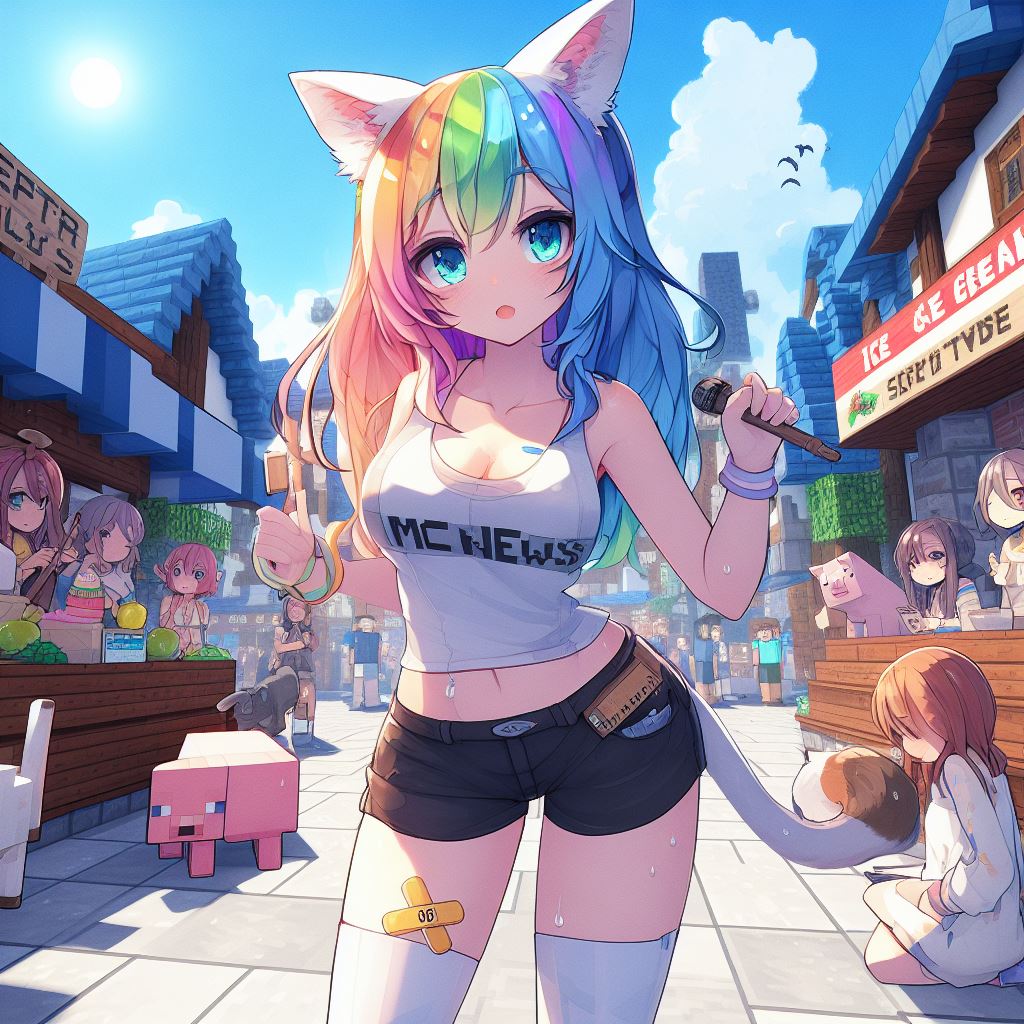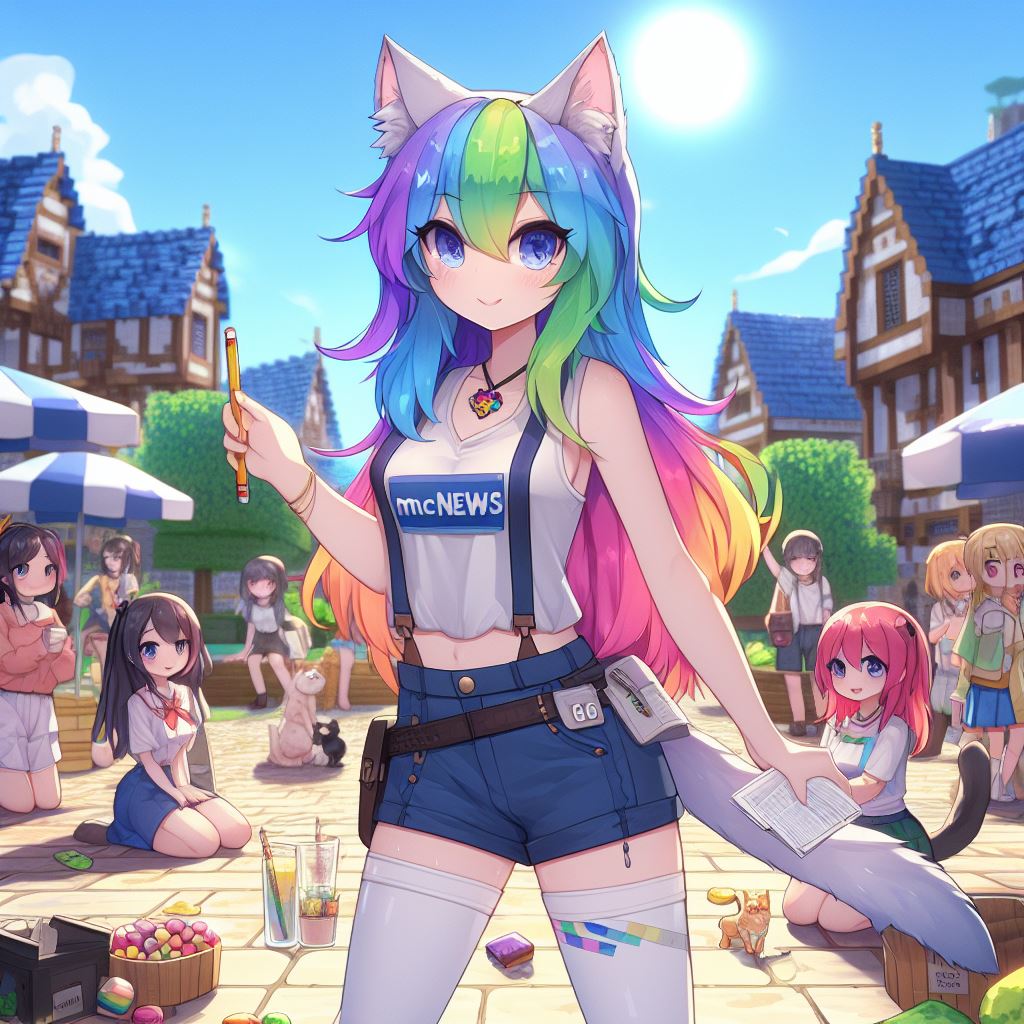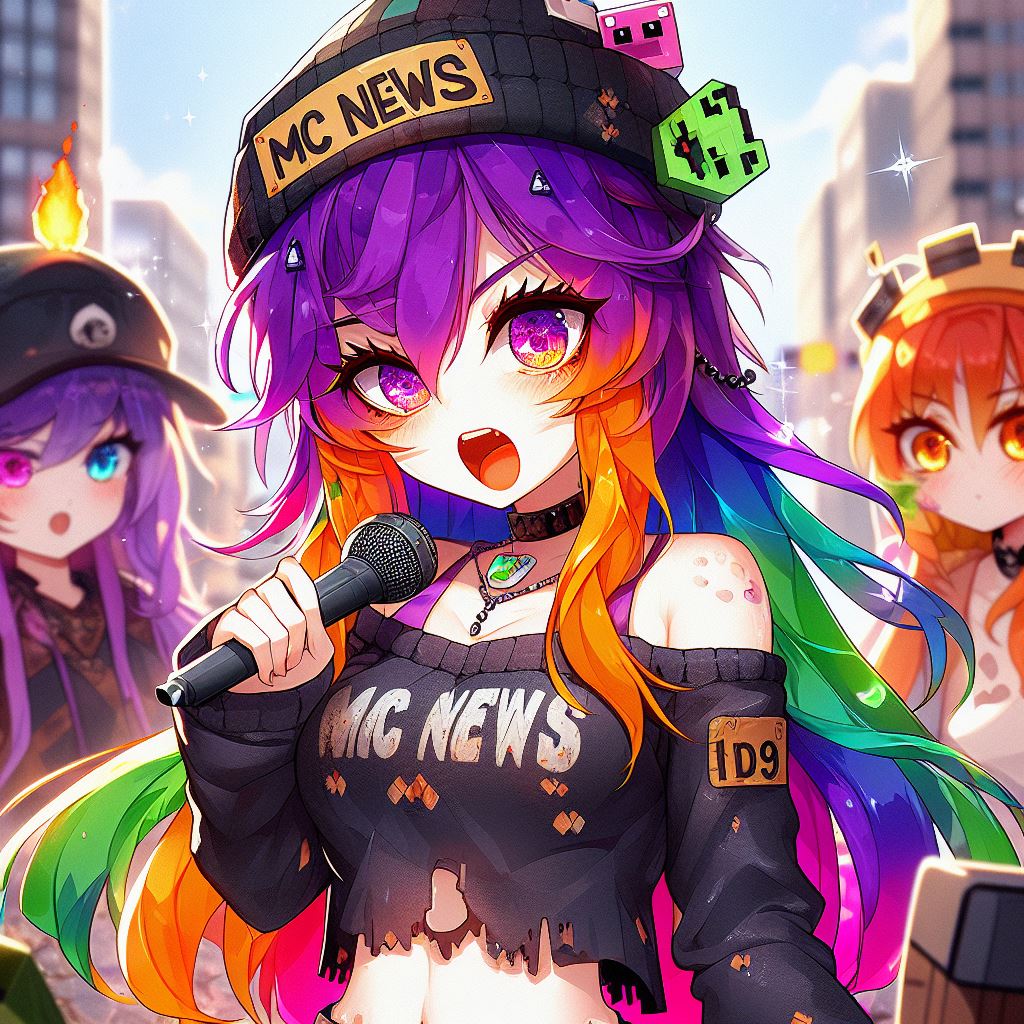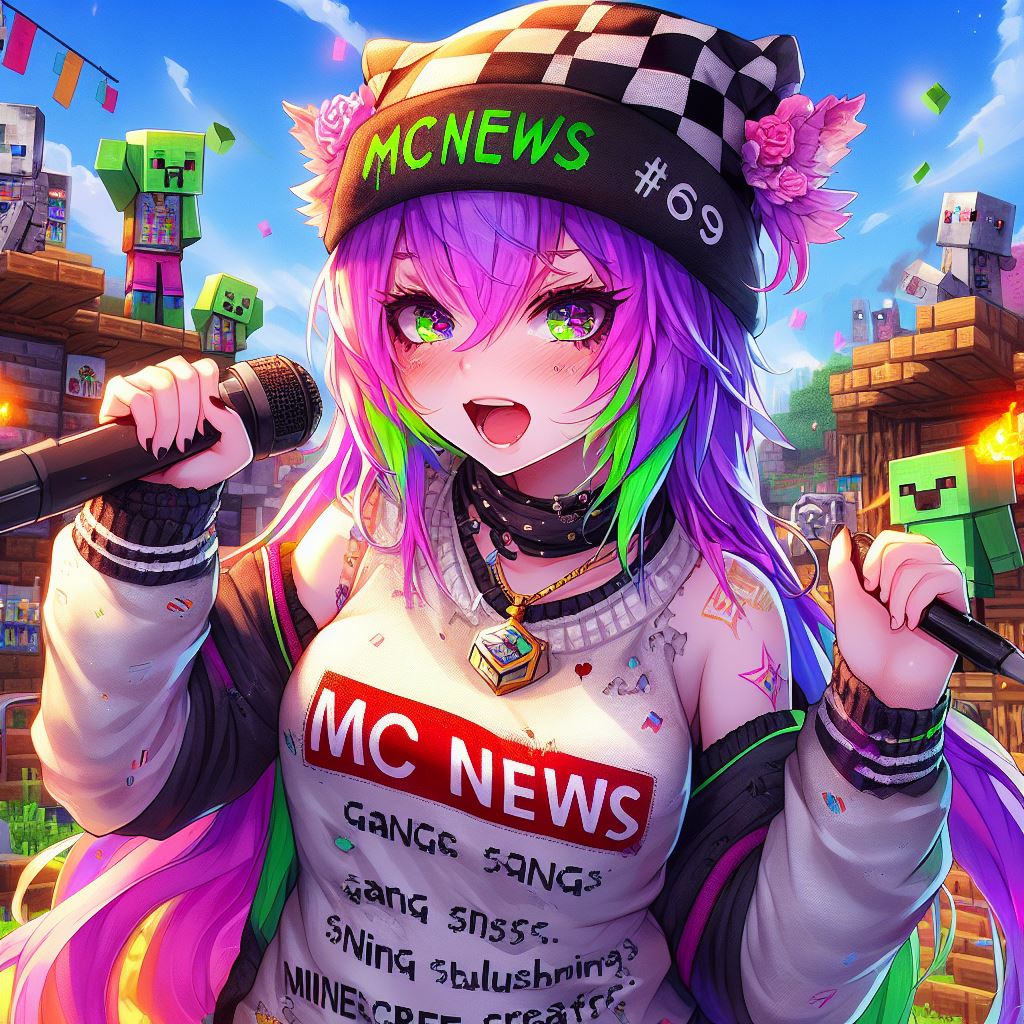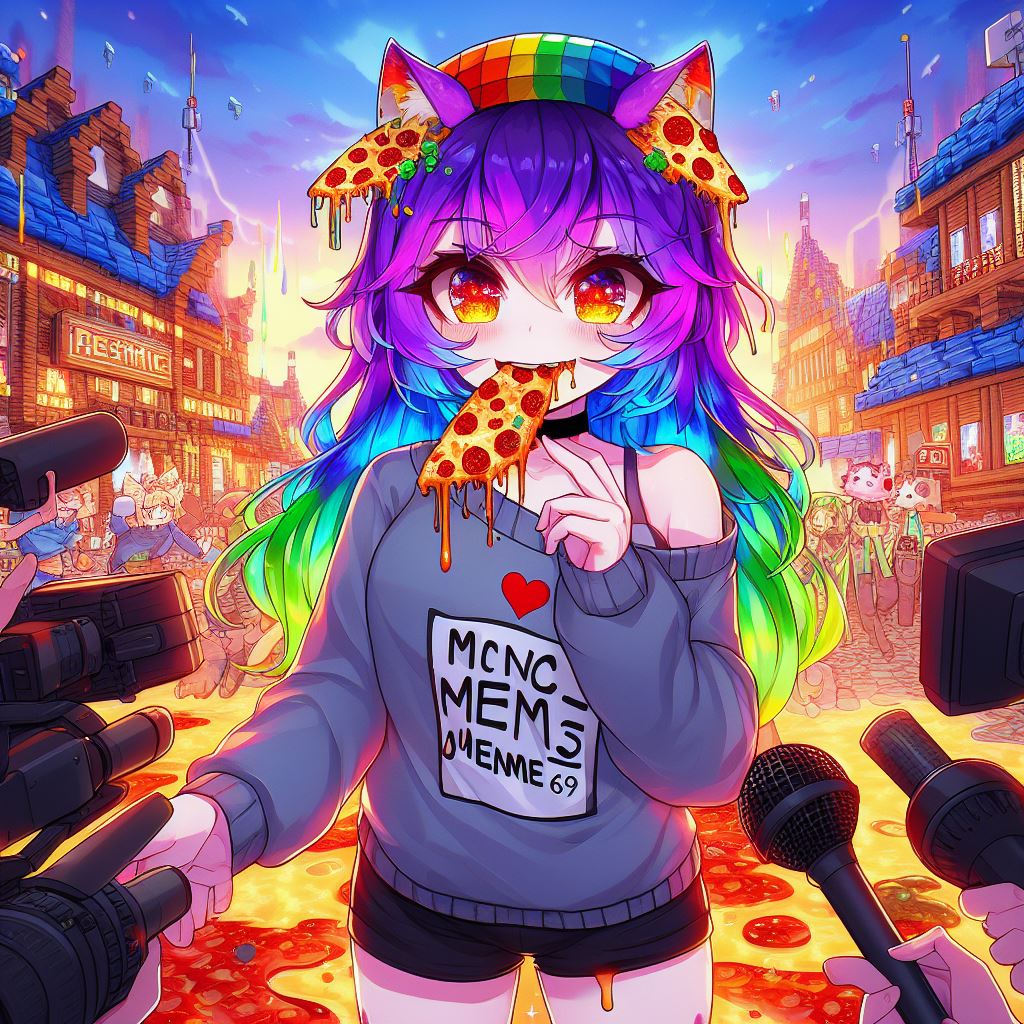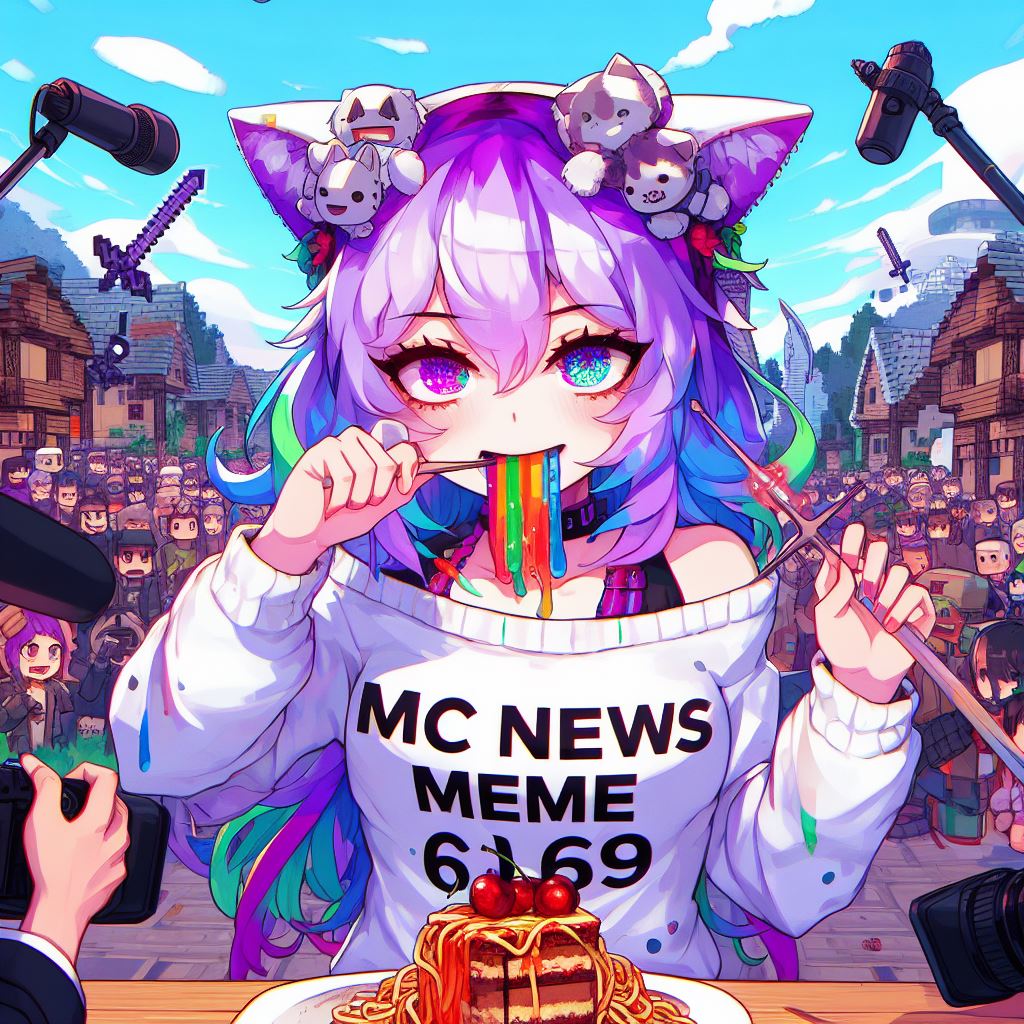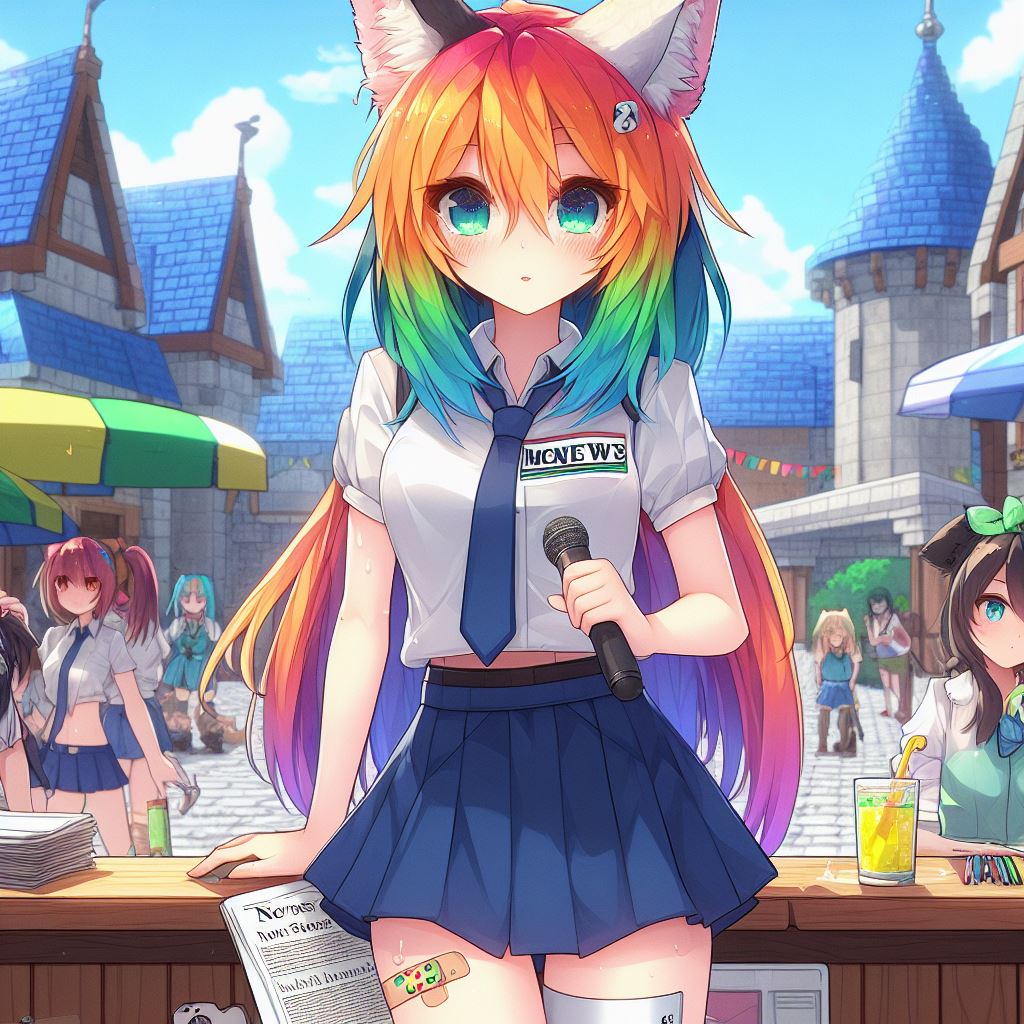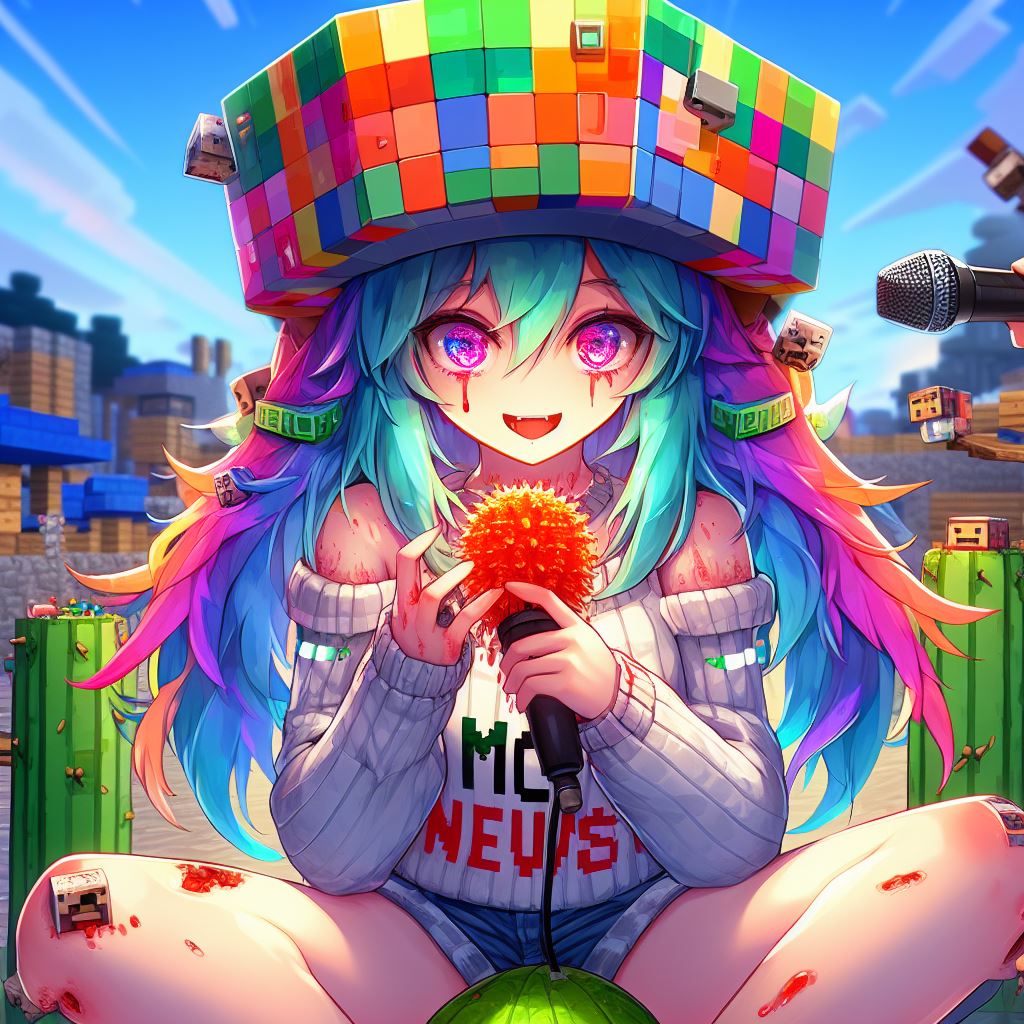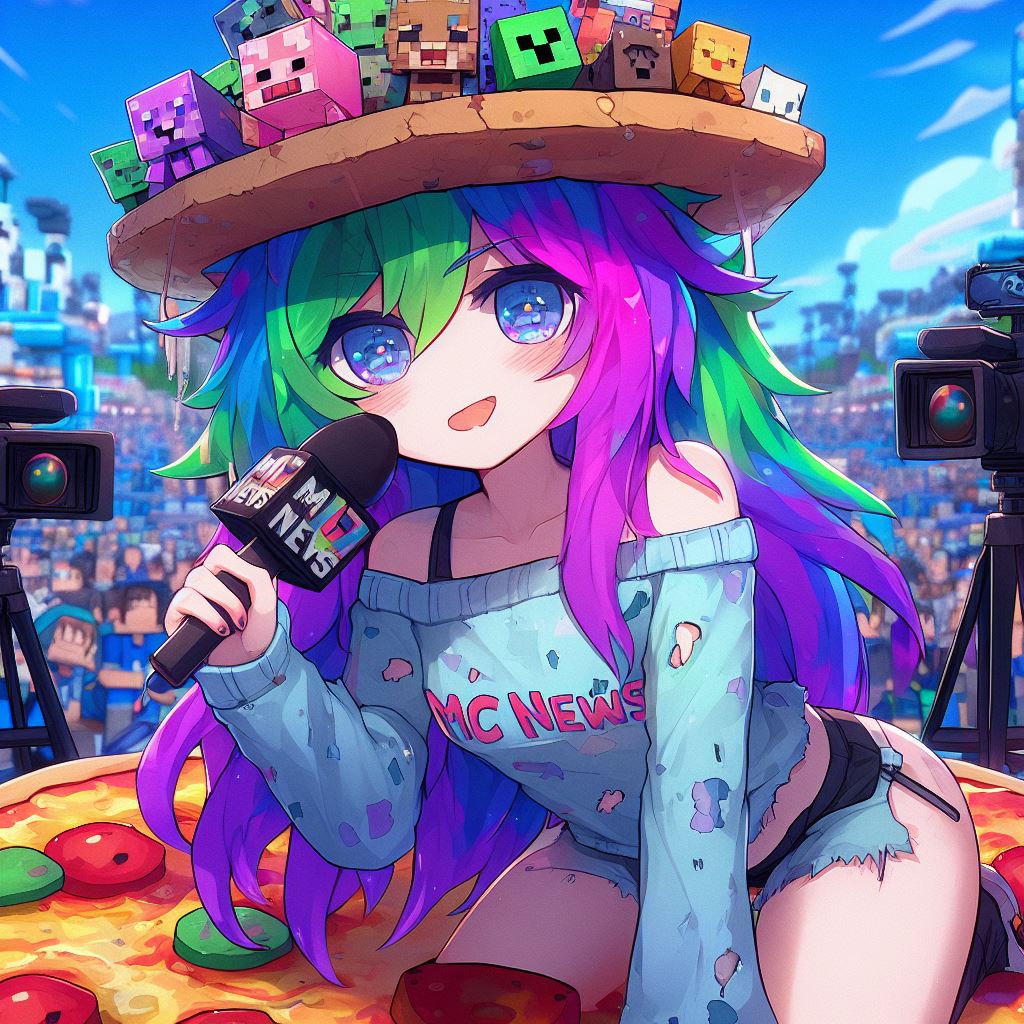

In 2009, a genius named Markus Persson, also known as Notch, had a brilliant idea. He imagined a world where blocks ruled everything, and where he could combine the dynamics of his favorite video games into one. How did this crazy idea become a global phenomenon? Let’s dive into the epic history of Minecraft.
From Idea to Block Notch’s inspiration came from a game he had been working on as a designer, RubyDung, an isometric base-building game, and Infiniminer, a block-based mining game. He combined the best elements of each game to create a revolutionary new concept. The first version, called Cave Game, was released in 2009. It was simple, but with enormous potential. Players could build and destroy blocks at will, and it was a hit among coding enthusiasts.
Chronology of Updates As Minecraft gained popularity, Notch and his team worked tirelessly to improve the game. In 2010, the Alpha version of Minecraft was released, introducing crafting, caves, and the first dungeons. The Beta version in 2011 brought the Nether, new creatures, and biomes. Subsequent updates in 2012, 2013, and 2014 introduced new features, biomes, and gameplay mechanics, solidifying Minecraft’s status as a global phenomenon.
Microsoft Acquisition and Beyond In 2014, Mojang and Minecraft were acquired by Microsoft for a staggering $2.5 billion, leading to Notch’s departure from the game’s design team. Subsequent updates in 2015, 2016, and 2017 introduced new content, including combat mechanics, colorful blocks, and aquatic features. The game continued to evolve, attracting millions of players and becoming a family addiction.
The Future of Minecraft In 2020, the Nether update brought new biomes, Netherite items, and Piglins, further expanding the game’s depth and complexity. The 2021 update introduced caves, cliffs, and a variety of new creatures and treasures. Looking ahead to 2023, the “Trails and Tales” update promises even more content, including decorative blocks, archaeology, armor customization, and new creatures.
Minecraft’s Evolution Over the years, Minecraft has become a global brand with hundreds of products, spin-off games like Minecraft Dungeons and Minecraft Earth, and a dedicated community of YouTubers who have helped popularize the game. With each passing year, the franchise continues to expand and evolve, cementing its status as one of the most influential games in history.
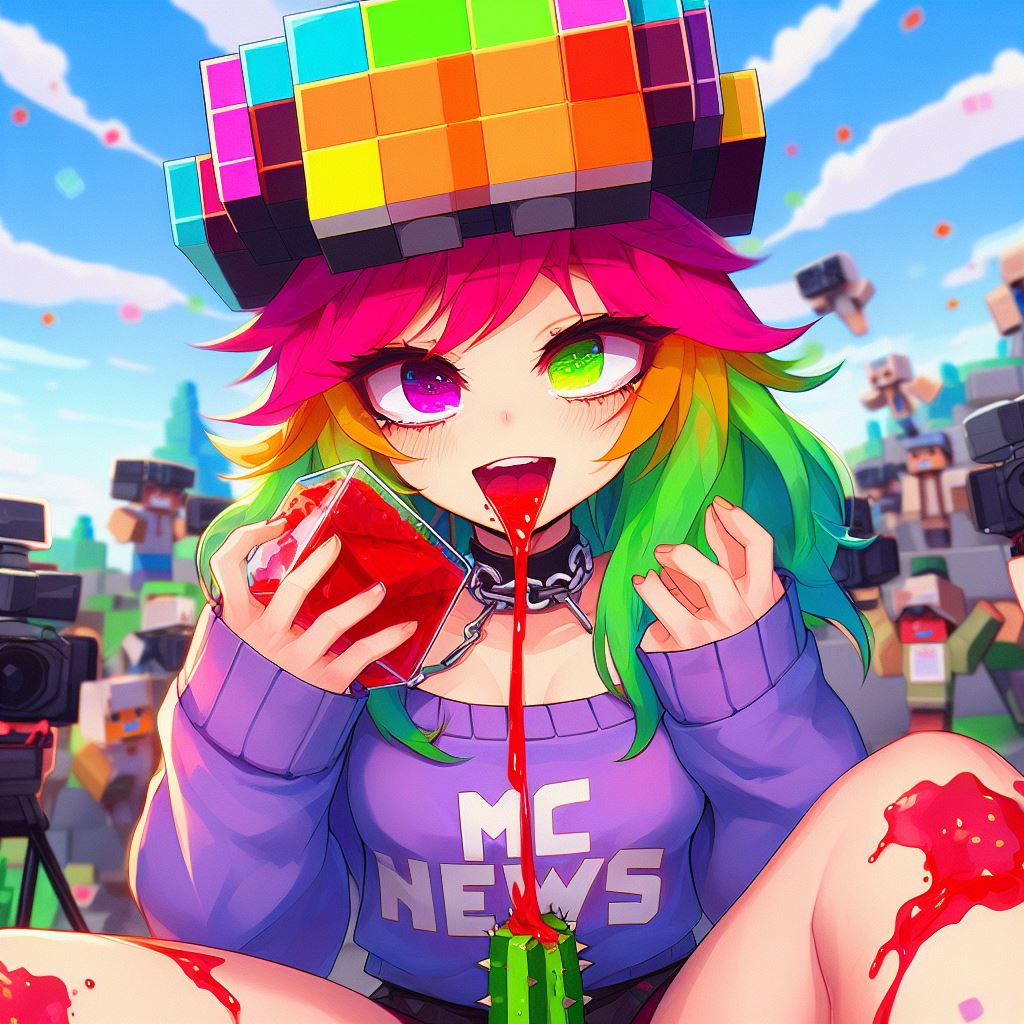
In conclusion, Minecraft’s journey from a simple idea to a global phenomenon is a testament to the power of creativity, innovation, and community. As the game continues to evolve, it will undoubtedly inspire and captivate players for years to come. Whether you’re a seasoned veteran or a newcomer to the world of Minecraft, there’s always something new and exciting to discover in this blocky, pixelated universe.
